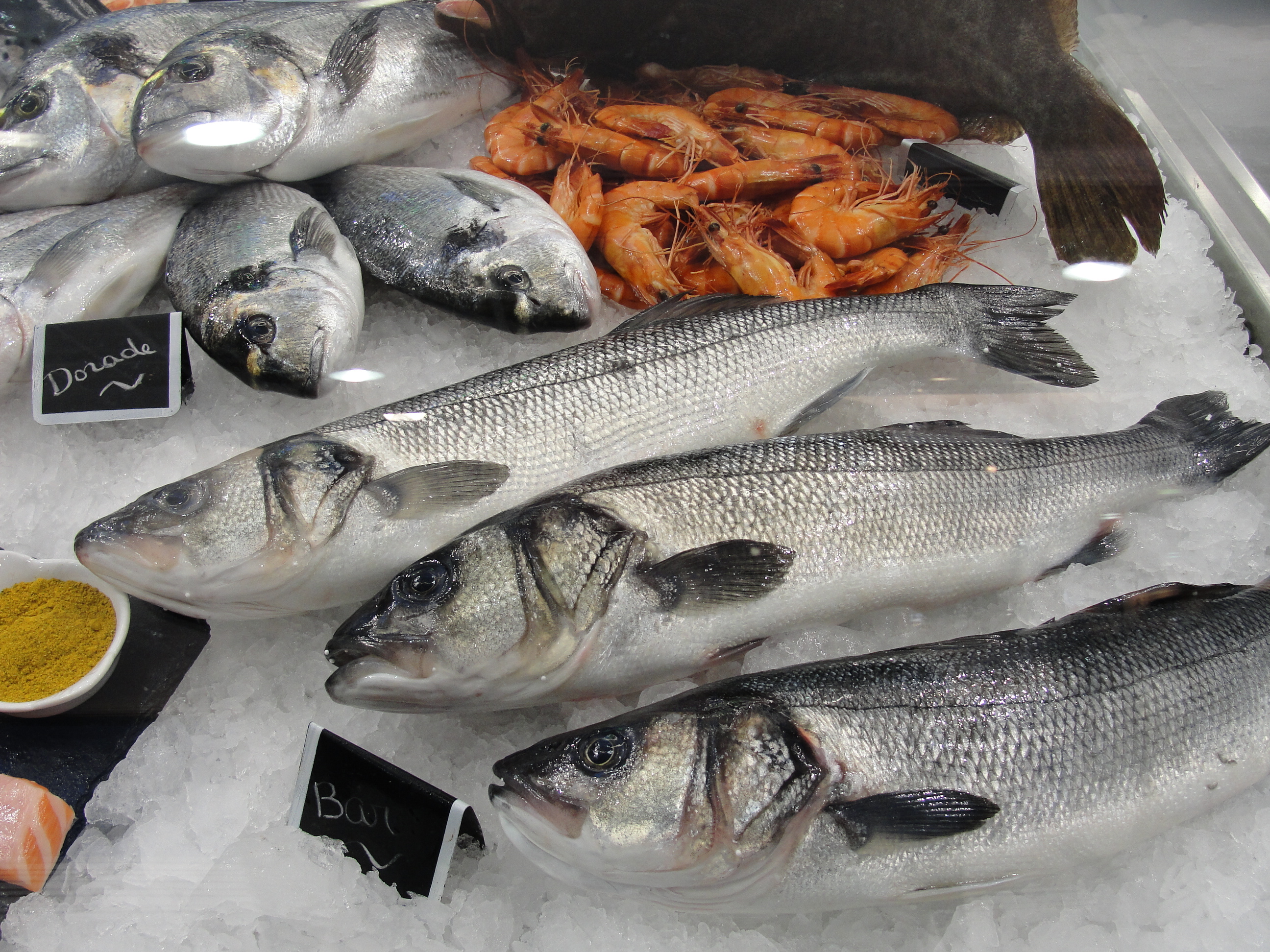European Seabass and Gilthead seabream - July 2010

Demand in the large European cities is declining as schools close for the holidays and consumers start spending more time out-of-town.
Weaker bream prices as demand is slacking
Demand in the large European cities is declining as schools close for the holidays and consumers start spending more time out-of-town. The seasonal contraction in demand is putting downward pressure on bream prices for which supplies are ample, also helped by new generation fish reaching market size. In contrast, bass prices are slightly up, but remain somewhat lower than for bream, a rather unusual phenomenon. In this respect, the large volumes of small-size fish around 300 grams now reaching the Italian market from Greece, is certainly a signal of caution as the lower yields will severely hurt producers’ margins. The outlook for demand is mixed with softening of consumption expected over the summer period. Supplies will increase in the next couple of months and, although domestic demand is increasing in Greece and Turkey helped by tourism, the overall increase in net supply will lead prices to weaken over the next few months.
Prices and Markets
In general, the market situation in Europe is mixed. Italy, the largest consuming and importing country, reported 10% higher import volumes in the first quarter of 2010 with values up 16%. Spain on the other hand, saw a sharp drop in imports with volumes down 17% and values declining by 13%. UK, albeit a small market for the two species, was also down in the first quarter with combined volumes falling by 12%. The French market was basically flat in the first quarter with imports unchanged from last year. Values were slightly up reflecting the somewhat higher prices this year.
Production
Most producing countries expect lower production volumes in 2010 and possibly also in 2011. This includes both the largest suppliers, Greece and Turkey, but also Spain as well. The result should be a tighter market over the coming months, especially from September onwards when demand is back to normal after the summer months. The reduction in volumes will be made more severe by the large volumes of small fish now being brought to market. Prices should therefore strengthen during the autumn months possibly until the summer of 2011.
Russia: a growing market
One of the most promising and upcoming markets for bass and bream is Russia. According to La Maree, a leading Moscow based importer of fresh fish and fishery products, while only a few years ago the species were regarded as exotic, they are now seen as a “commodity fish species”. There are several reasons for this change in attitudes. The most important is improved logistics and distribution. In the past, fresh seabass and seabream were delivered to Russia only by plane. Beginning about a year and a half ago, the species are now transported by truck. In this way, transport costs have decreased significantly by about 1 EUR per kg, making seabass and seabream more attractive for Russian consumers. Secondly, as a result of the difficulties facing many companies in Turkey and Greece, Russian importers source seabass and seabream at very attractive prices. In Moscow at the moment, fresh seabass and seabream costs less then local freshwater trout from Karelia. La Maree reports that whereas 18 months ago, the company imported weekly about 15 tonnes of seabass and seabream, today’s volumes are a minimum of 70 tonnes per week. The third factor is the diversification of supply. At the beginning, Cyprus and Greece were the main suppliers but today large volumes of seabass and seabream arrive from Turkey, Spain and Italy in addition to Greece and Cyprus. It is also interesting to note that the economic crisis in Russia has not had any impact on seabass and seabream sales in general. In the past it was an exotic product for the well-off, but now it has become affordable to almost all consumers.

